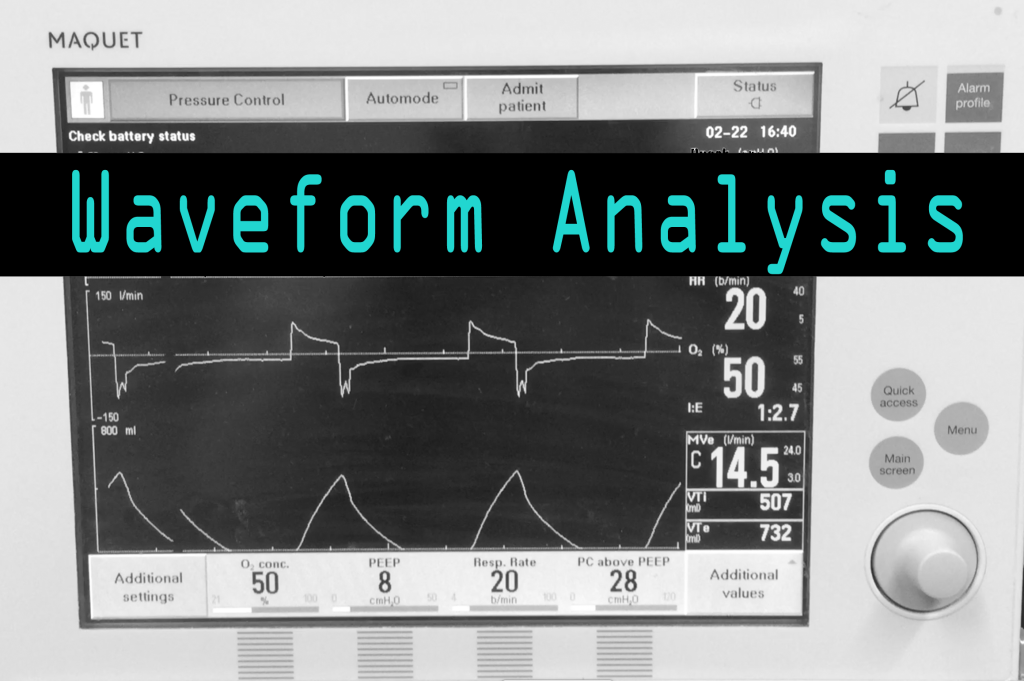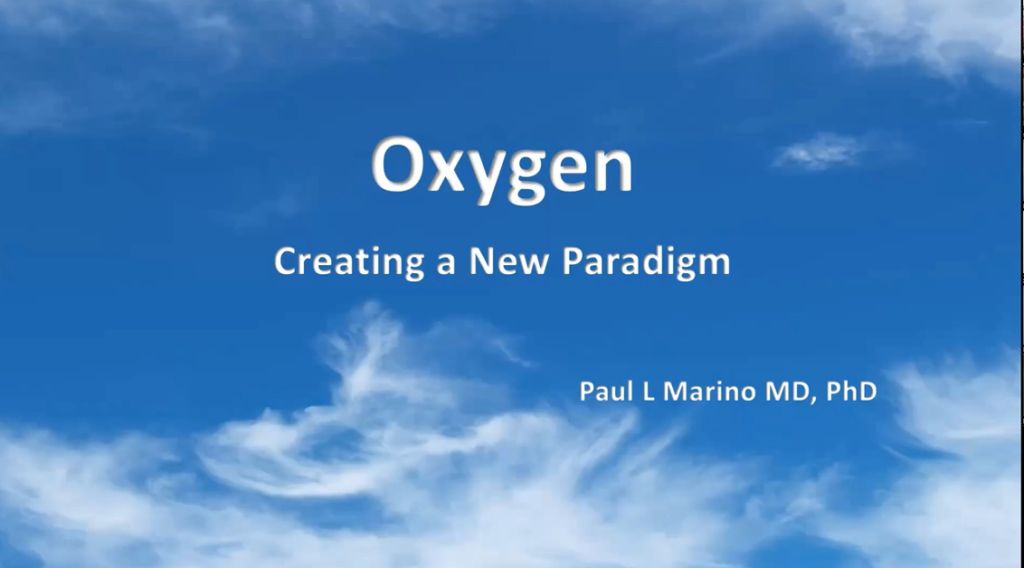A 60 y/o male with a history of HTN, CAD, and polysubstance abuse presents to the ED with acute altered mental status followed by a generalized seizure. He is intubated for airway protection, and his vital signs are as follows:
T: 38.5 P: 120-130 BP: [210 – 240] / [120 – 140] Vent: AC 16 / 700 / 5 / 40% SpO2:100%
He is admitted to the NeuroICU and being managed in conjunction with the neurosurgeons in house. After 4 days, the patient’s chest X-ray shows bilateral pulmonary infiltrates and he develops an increased O2 requirement. His P/F ratio is 150 and is diagnosed with ARDS. What happened?
This month in Critical Care Medicine, there was a great retrospective study on the incidence of acute respiratory distress syndrome (ARDS) in patients presenting with spontaneous intracerebral hemorrhage over a 10-year period. After reviewing 1,665 patients, the authors found that:
- The development of ARDS occurred in approximately 27% of patients with spontaneous ICH (similar to previous literature).
- The incidence ARDS after spontaneous ICH was similar to other “high-risk” conditions such as sepsis, trauma, & aspiration.
- Modifiable risk factors include: high tidal volume ventilation, higher total fluid balance, & transfusion of PRBCs/FFP.
It’s of particular importance to note that high tidal volume ventilation (>8cc/kg) was the single greatest modifiable factor for the development of ARDS.
Bottom line: Try and use lung-protective ventilation strategies (6-8cc/kg ideal body weight) and avoid excessive volume resuscitation whenever possible. Even in cases of isolated intracerebral hemorrhage – where the patient’s lungs may appear to be completely normal – traditional tidal volume settings may cause excessive barotrauma that can lead to the development of ARDS.
[author title=”About the Author”]



